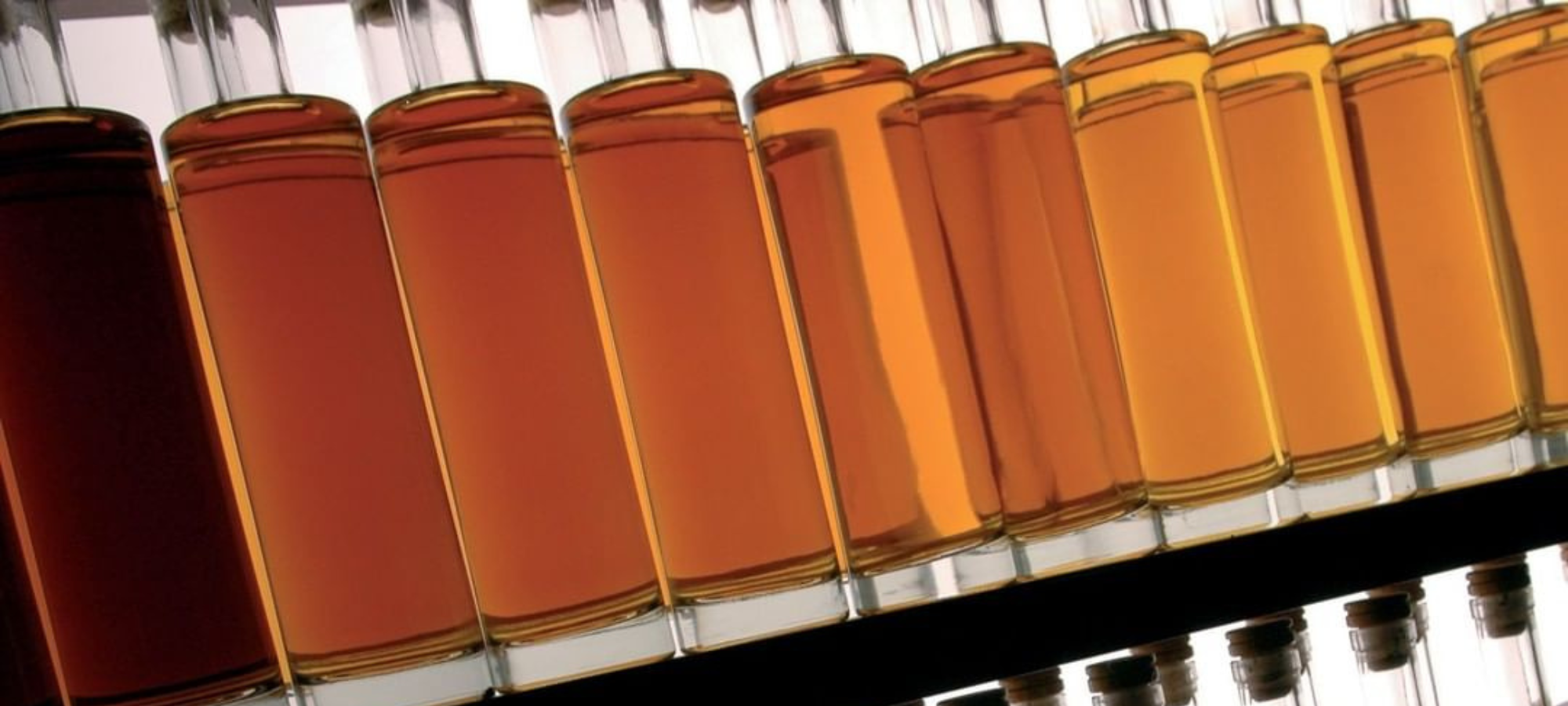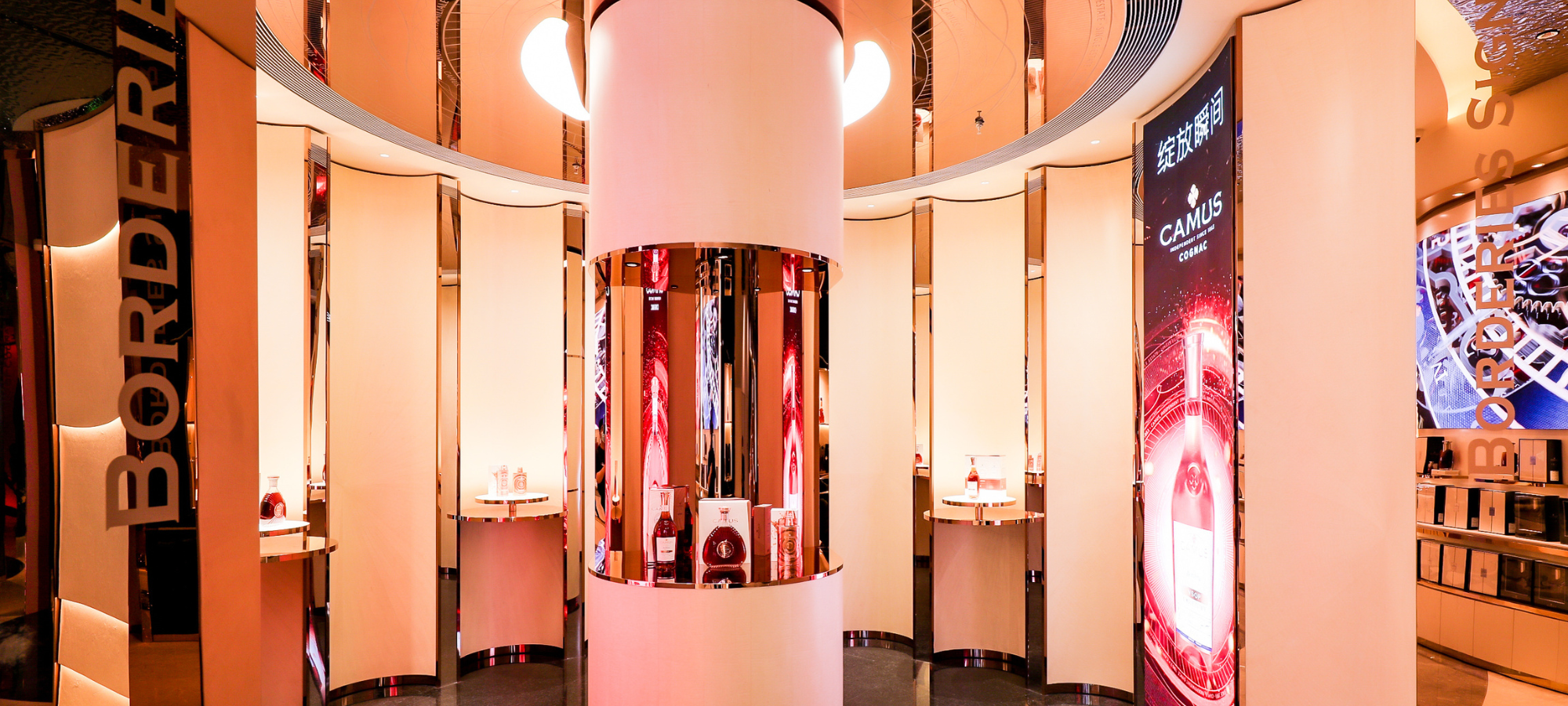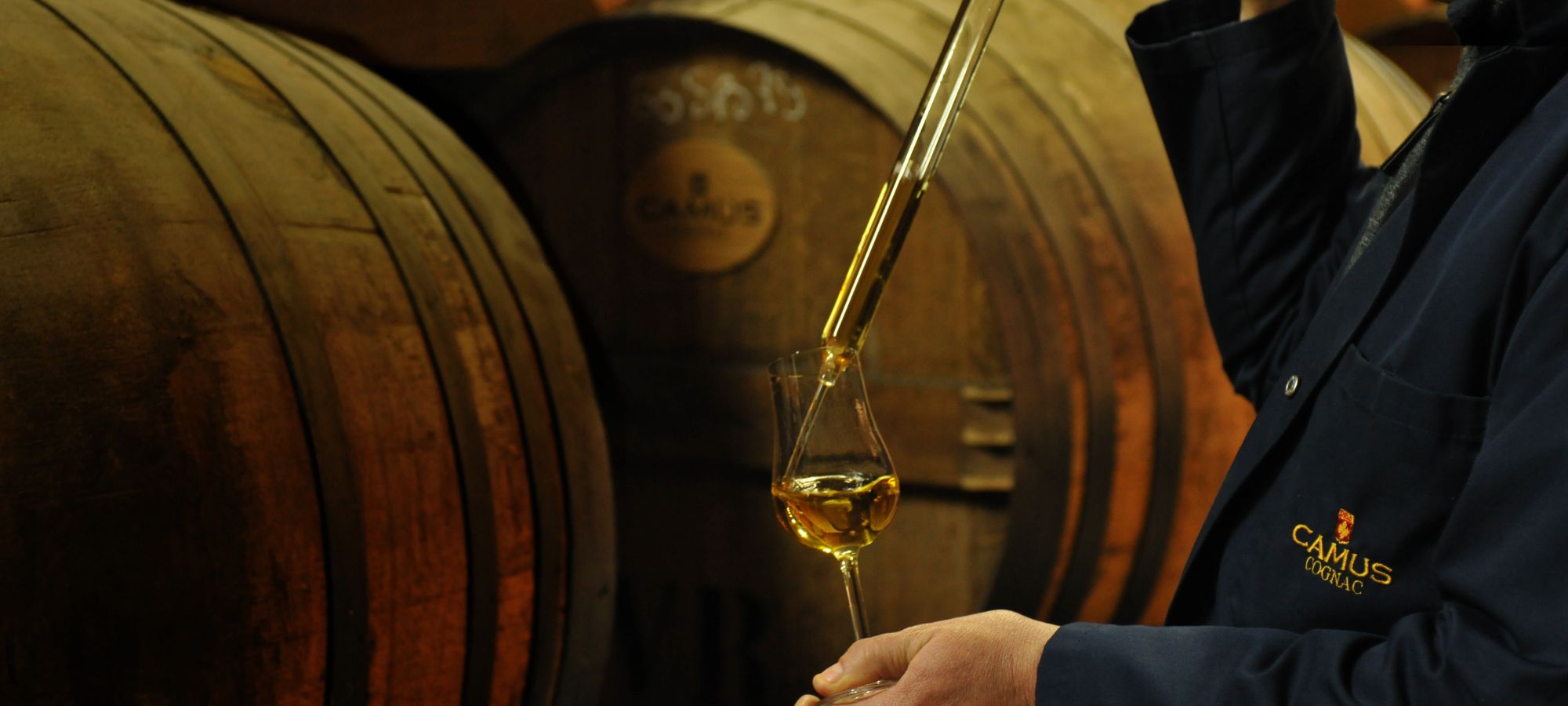
Cognac vs Armagnac, what's the difference ?
Armagnac and cognac are among the most famous and appreciated eaux-de-vie in France. Produced in the same region, both have a rich history that is unique to them and has allowed them to take very different paths. Although they have some points in common, they are the result of two very distinct know-how.
The difference : cognac vs armagnac
A spirit is an alcohol-based drink obtained by distilling products that have been fermented in alcohol. A distinction is made between compound spirits, whose taste comes from the addition of flavouring substances, and simple spirits. The latter, also called brandies, owe their aromas to the fermentation of raw materials. Armagnac and cognac are both part of this second category.
What is the base of cognac?
Cognac is made from grapes. The vast majority (97%) of the grape variety used is Ugni-Blanc (the source of fine, high-quality eaux-de-vie). This over-representation is mainly due to the phylloxera crisis of 1873. The wine produced for cognac is a very acidic and almost undrinkable white wine. This is why it is only used for distillation.
What is the base of armagnac ?
Like cognac, armagnac is made from grapes. However, the grape varieties used are much more varied. The grape varieties used for Armagnac may include Ugni-blanc (55%), but also Folle blanche (2%), producing fine and floral eaux-de-vie. Colombard is also used for fruity and spicy aromas, as well as Baco 22A (35%), a hybrid of Folle blanche and American Noah. The latter, absent from the Cognac vineyards, produces round eaux-de-vie with ripe fruit aromas. This diversity of grape varieties authorized by the AOC Armagnac decree is due to the viticultural tradition of the region, which also produces tasting wines. Moreover, the wines of the Armagnac vineyards are intended to be consumed without being distilled, unlike those of Cognac.
How to drink cognac or armagnac ?
Armagnac and cognac are drunk in a similar way. To fully enjoy these exceptional eaux-de-vie, savor them without ice, at room temperature. For a traditional tasting as a digestif, serve the cognac and armagnac pure in a balloon glass. You can also opt for a tulip glass, whose narrow elongated shape brings out the richness of the brandy. Armagnac and cognac can also be drunk as a long drink or on the rocks, in a tumbler.
To make a difference during the aperitif, don't hesitate to add a drop of water to your glass of cognac to reveal all its aromas. As for Armagnac, it is recommended to air the bottle 20 minutes before tasting so that its aromas have enough time to open. There is also the method of "brûlot d'armagnac", a flambé of white armagnac with sugar. To do this, you will need a copper container and a long-handled ladle. A most spectacular tasting.
Differences in terroir, AOC of cognac and armagnac
The terroirs of Cognac and Armagnac are both in the Nouvelle-Aquitaine region, about 300 kilometers apart.
Armagnac is located in a natural triangle made up of three departments: almost all of the Gers, part of the Lot, and part of the Landes. The wine region presents three crus:
- Bas-Armagnac or black Armagnac, with clay-siliceous soils poor in limestone, sometimes acid.
- The Haut-Armagnac or white Armagnac, with predominantly limestone soils, except in the southern part which presents clayey-siliceous boulbènes.
- The Ténarèze: a land of transition, with predominantly clay-limestone soils.
The subsoils of Armagnac are very varied. They oscillate between fine quartz sands, continental and fluvial sediments, and siliceous clay. As for the climate, it forms a transition between the mild and humid Landes and the drier Toulousain.
Cognac is characterized by less diverse soils, mostly limestone, which implies a more difficult culture of the vine. The region includes six crus :
- La Grande Champagne, around Segonzac.
- The Petite Champagne between the Charente and the Charente-Maritime.
- Les Borderies, a small production area around the village of Burie, and a vintage wine from the Maison CAMUS.
- The Fins Bois, on the outskirts of the three previous zones, produce the major part of the wines (42%).
- Les Bons Bois, even further from Cognac.
- Les Bois Ordinaires, a vast area where only 1.5% of the vines are dedicated to cognac.
The region has a more oceanic climate. It is the differences between these terroirs that give the two eaux-de-vie their typical character.
Types of production: cognac - armagnac
In addition to the differences in terroirs, climates and grape varieties, Armagnac and Cognac have their own production methods.
The cognac is imperatively elaborated in a Charentais still ensuring a double distillation. In this basic copper still, a first heating takes place to obtain an alcohol at 20-30 degrees called brouillis. This is then redistilled "en bonne chauffe" at 70-71 degrees. This method was invented by winegrowers in order to import their low alcohol white wines to England and the Netherlands. The distillation made it possible to facilitate the export. Cognac found great success in Holland thanks to the aging in oak barrels. Today, 98% of its production is exported.
As for the armagnac, it is made in a continuous armagnac still. This is a double-column copper still with trays for continuous distillation. Its patent was registered in 1818, and was then perfected over time by the distillers. Its plates allow the alcohol vapors to bathe in the fresh wine and extract the aromas, which is called bubbling. This is a major difference from cognac, where the alcohol vapors do not come into contact with the fresh wine. Another difference is that the AOC Armagnac does not impose a particular distillation and some armagnacs are composed of a blend of eaux-de-vie from continuous and double distillations. Among the oldest eaux-de-vie(XVth century), Armagnac is consumed 20 times less than cognac because it is not exported. It is mainly drunk in France, and is produced by small producers or family-owned houses.
Despite their differences, cognac and armagnac are two exceptional eaux-de-vie rooted in the know-how of their region. There is only one way to discover their unique character: taste them.





